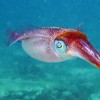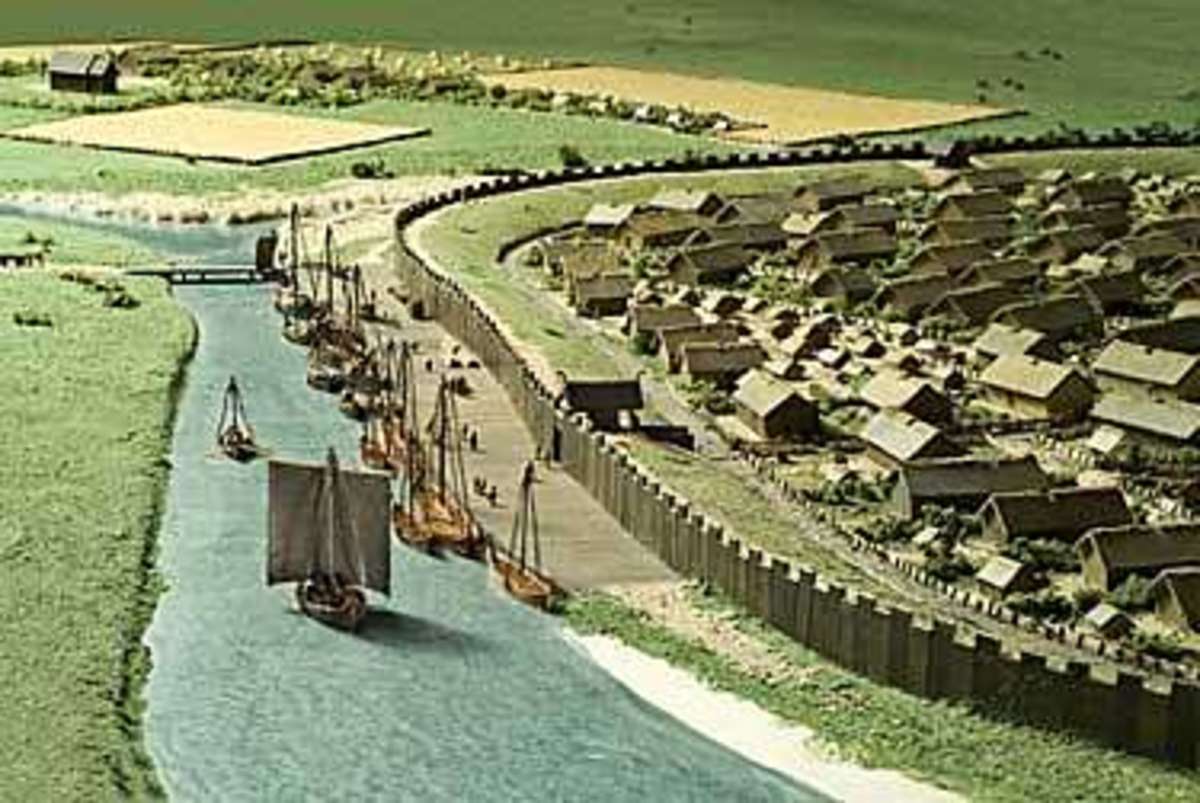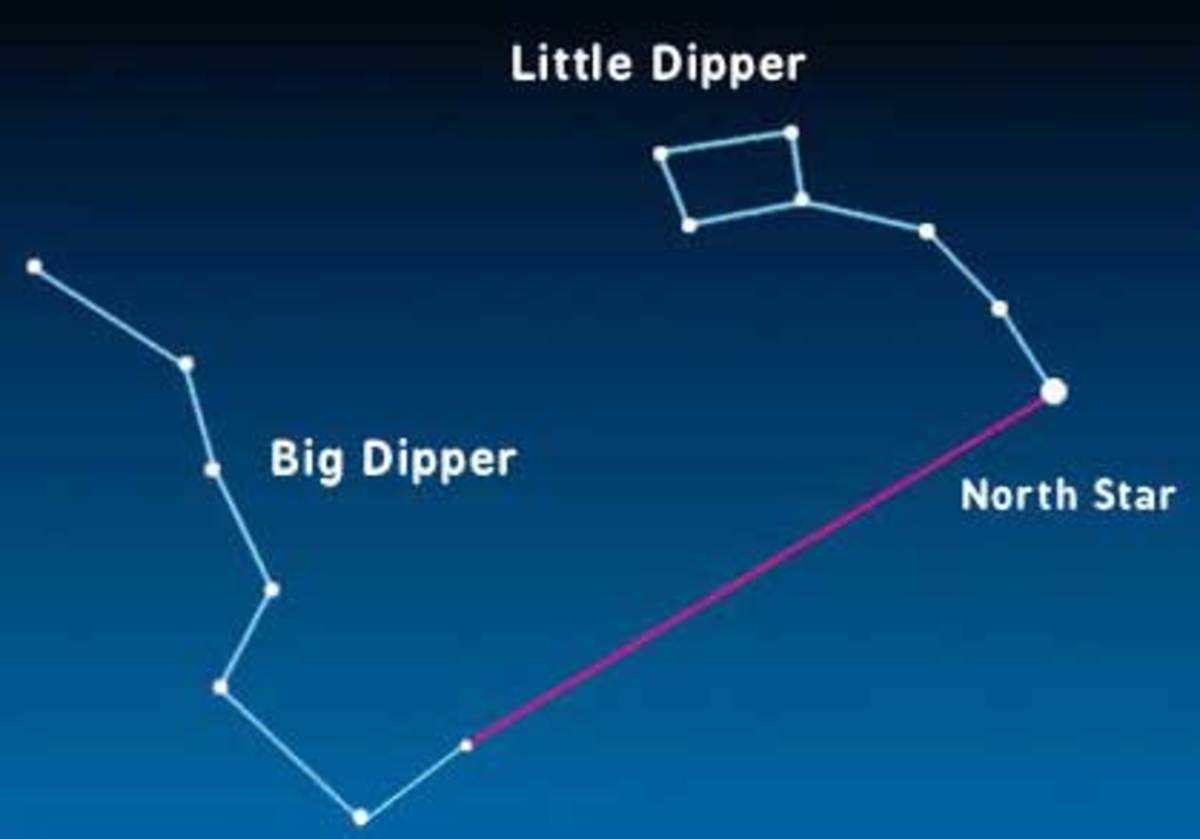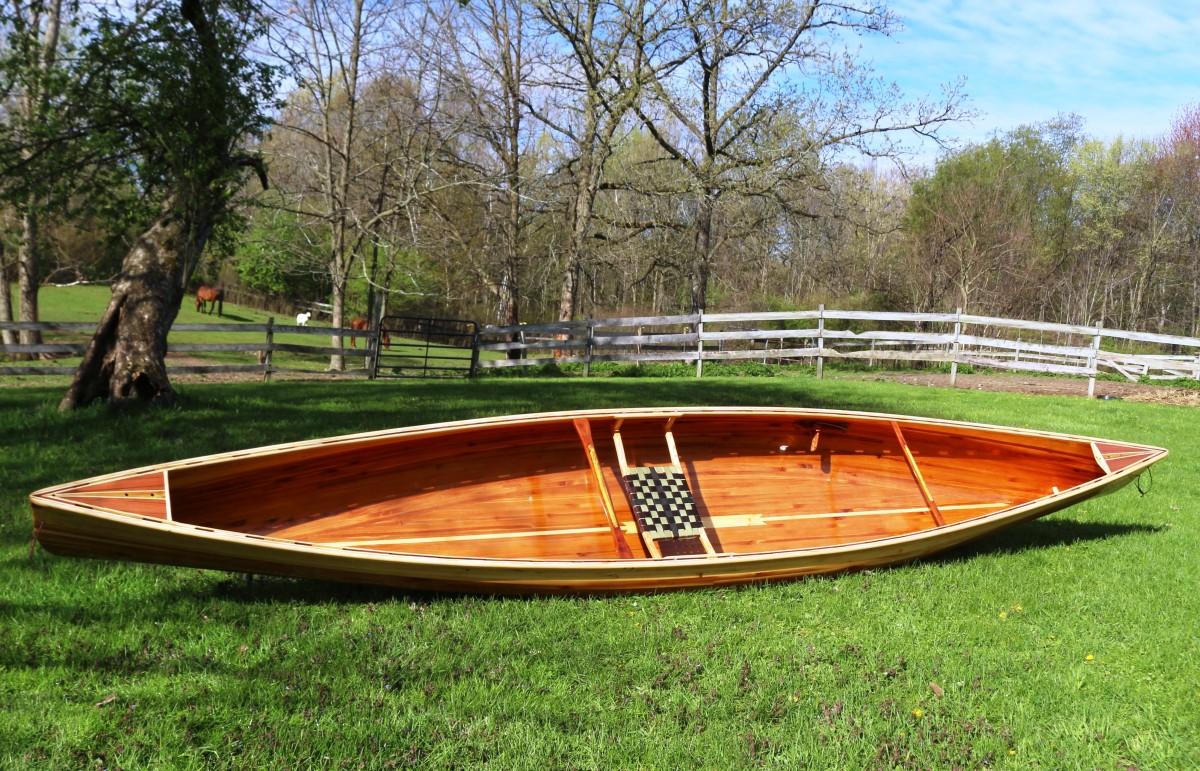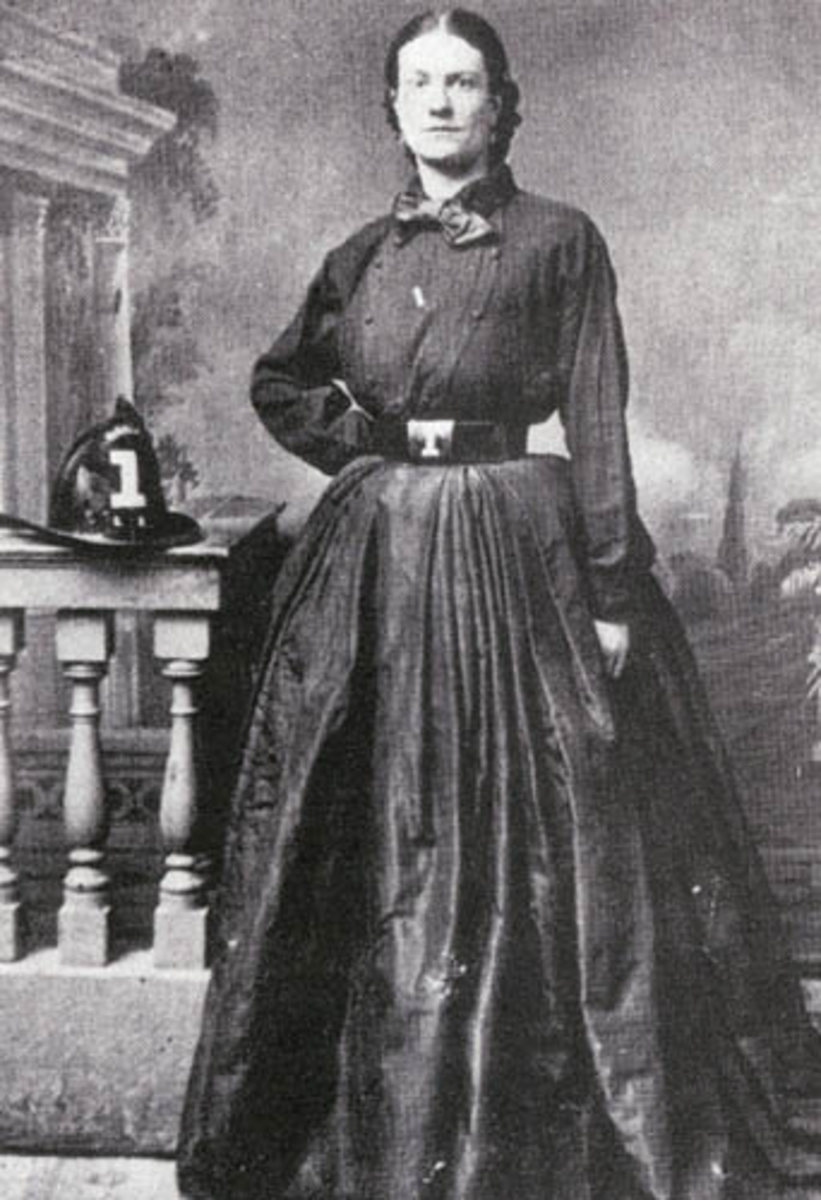- HubPages»
- Education and Science»
- History & Archaeology»
- History of the Americas
Five Important Maritime History Subjects...
Longitude Act of 1714...
1. Longitude Act – The Longitude Act of 1714 brought about the largest financial prize among the several countries which were looking for a solution for figuring longitude while out on the oceans of the world. This was always a big problem for mariners, but it finally came to a head in 1707 when 4 British warships were lost in the Scilly Isles because of a longitudinal navigational error. The British government offered a huge 20,000 pound prize to the person who came up with a workable solution for figuring it out, and that prize amounted to several million dollars in today’s value! So naturally there were very many takers who tried to come up with their solution, but not that many serious ones.
Sir Isaac Newton was placed in charge of assembling a committee to judge whether the ideas were sound or really bad, and to give the prize money if the solution was deemed worthy. Newton mentioned that an extremely accurate clock that would tell the home port time would be one method of knowing longitude, but he also immediately dismissed that idea because he did not think a clock that accurate could ever be made. John Harrison, an almost unknown clockmaker in England, eventually won the prize through a long period of more than 20 years of working at his 4 sea clocks, H1 – H4. His clocks met all the criteria required by the Longitude Act, number one being that it had to keep time to within 3 seconds a day (or half a degree of a great circle).
Jeremy Thacker was one of the first watchmakers to try for the prize, and he actually coined the term “chronometer”, which basically means sea clock. There were many really crazy ideas to solve the longitude problem, but the main alternatives to finding longitude being discussed was to study the stars positioning at night in relation to the moons of Jupiter, and using the lunar distance method. Precise measurements had to be made in order to figure positions using these methods, however, and extensive charts had to be assembled over a long period of time to establish normal distances. Even though the prize committee was composed of mostly lunar distance advocates, Harrison eventually won out and received the prize, with the help of the King, who was a big science fan.
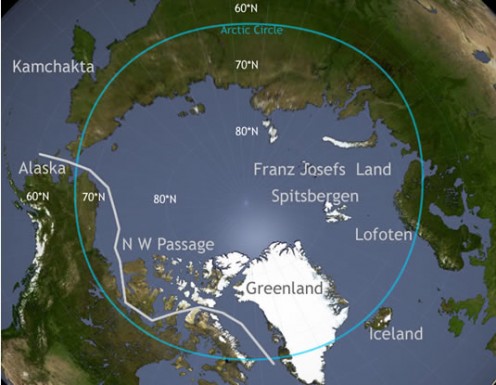
The Famed Northwest Passage...
2. Northwest Passage – This is the famed route around the north side of North America that would eventually get around the continent and into the Pacific Ocean in order to find a profitable route to the riches and spices of the Far East. Columbus sailed westward for the sole purpose of finding a sailing route around the world to India or China, instead of the route around South Africa, which the Portuguese were close to discovering. However, Columbus had not anticipated that a very large continent would block his path!
Many explorers set out to discover the Northwest Passage, including Henry Hudson who explored Hudson Bay and was set adrift during a mutiny and never heard from again. There was way too much ice blocking the way in the north, and this route was never found. Today, the ice is starting to break up and ships can make it through if they have a strong enough hull to withstand any freezing up of the sea around them. The ice floes continue to retreat northward for the first time in known history, and it may become easier and easier to make our way around Canada and Alaska.
It wasn’t until much later was anything known about the extent of land or sea to the north of Washington and Oregon, and up to Alaska. This was unexplored territory for the longest time, and even Russia did not have much knowledge of a sea passage to the north connecting to the east. Captain Cook had a mission to explore this area and map it, which he did in more detail than had ever been done up to that time. He actually discovered Hawaii as he sailed due north from Tahiti to go to Alaska.
John Cabot, and later his son Sebastion Cabot searched for the Northwest Passage from 1497 – 1509 or so in the service of England. According to Krieger Volume I, Sebastion widely claimed that he had discovered the entrance to a navigable passage around the new land to Asia, and convinced many people. “He thus created the concept of the Northwest Passage, in some respects the most enduring aspects of the Cabot family’s legacy to the English.”
Rhumb Lines...
3. Rhumb Lines – According to Krieger, Volume I, these began on some portolan charts in the thirteenth century as arbitrary points on the charts, which were a series of lines that radiate covering a broad range of angles. These lines let mariners “run down latitude”, as they would head north or south until they got to a certain point on the map, and then veered off on a rhumb line in the direct direction they wanted to go and followed it to their destination. These lines gave different courses with different angles from north which could be measured with a compass.
Knowing where they were and where they wanted to go all a mariner had to do was find a rhumb line parallel to a line joining those two points and then read the course off a chart. If they knew the distance from the chart, and the speed at which they were traveling, it was much easier to figure out position at any time. Sighting land wasn’t as important as it was in the past in order to fix position on the sea.
To use the rhumb line effectively, a mariner needed a good chart, a compass, a way to fix speed, clear weather, and good stable winds. However, it was rarely possible to get all these conditions in place at once, and the rhumb lines weren’t used as often as we might think. Portolan charts weren’t taken to sea as often as they should, and captains would rely on their celestial navigation learning or local knowledge of coastlines and ports. Rhumb lines seemed to be used by most captains as more of a rough guide instead.
Privateering...
4. Privateers(ing) – Privateers were very useful during times of war, or just to keep an opposing country always on the lookout for enemy ships. They were the “legal” form of pirates, and countries would issue them a “letter of marquee” to prey on maritime shipping for profit. It wasn’t always countries that would issue them; the Ango family of France launched the first battle of the Atlantic in history when raiders financed by them captured Spanish vessels bound from the Indies to Spain off the Azores in 1523 following the outbreak of war between Spain and the Habsburgs. This was one of the main reasons that Spain eventually organized the returning ships into annual fleets sailing from Havana. With warships to guard the convoys, they lost fewer ships due to the enemy, but possibly more ships due to hurricanes, since they were all hit at the same time since they were in a convoy.
In addition to the loss of ships and goods due to privateering, there were also heavy losses of manpower because they would often take the sailors prisoner and then off to work in the home countries naval ships or maritime industry. France was more susceptible to these losses, since they did not have as much manpower to begin with as the other countries such as England and Spain. However, England did have a greater need for maritime shipping and did not want that to slow down during periods of war, and thus they also had severe manpower shortages just to keep up with the demand. This was a big reason they instituted the impressments of sailors.
In later years, the Middle Atlantic and New England colonies remained colonies of settlement, and in times of war, privateering. England was able to provide the Caribbean colonies with food from the American colonies, and this helped England better able to supply against privateers.
Privateers would take their newly captured prize to a neutral port or home base, and sell it off to the highest bidder. The New England merchant ship “The Confederacy” was taken by French privateers in 1797 and sold at Nantes as a prize for $300,000 dollars at a forced sale, with much profit for the crew. Privateering was a very effective method of combating war against an enemy at sea, and France used it very well against Britain in 1800 when British shipping losses were well above 600 ships in just one year. The South also used it effectively during the Civil War. The Savannah was the first Confederate privateer, and set out in 1861 to capture its one and only prize, the brig Joseph before it was taken captive by the north. Confederate privateering created quite a stir in the north, but eventually spun itself out because there were no safe ports to take captive ships to.
Southern Cross...
5. Southern Cross – Tom Dudley mentions seeing the Southern Cross for the first time in “The Custom of the Sea” as they got closer to the equator. This is a group of bright stars similar to some of the northern constellations, but instead they are in the southern hemisphere. Sailors use it to sail by at night as opposed to the North Star above the equator, because they needed a fixed point in the sky to sail by. Dudley describes it as a sign as to how far they have already traveled from their departure point, as well as a link to their destination in Australia.
Also, as Krieger Volume II states, “As navigation by Europeans on the southern hemisphere became more frequent, the Southern Cross was used in a similar way for latitude observations, although a far larger correction had to be made.” This was describing a method to find the declination of the sun to find latitude based on the North Star, and later by the Southern Cross. It’s also a very popular song by Jimmy Buffett! “When you see the Southern Cross for the first time…”
